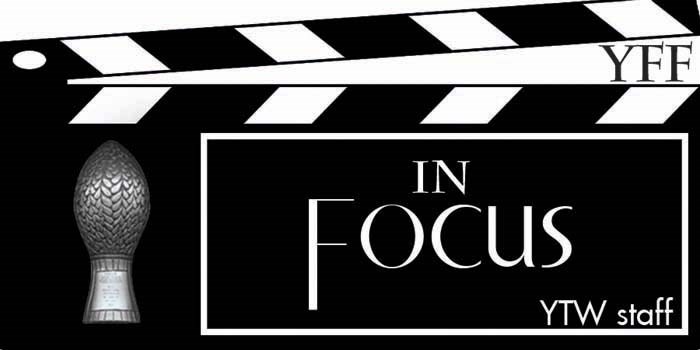It often surprises people how far back in history computer techniques go. This is because there is always a lag between technological innovation, early adoption and mass acceptance.
When it comes to film, Canada is really lucky to have the National Film Board. The NFB was one of the earliest experimenters with all sorts of technology and techniques including computer animation.
In 1971, Peter Foldès, a largely forgotten Hungarian animator, used an early version of a data tablet to draw the images for an eight-minute NFB cartoon called Metadata. The National Research Council of Canada did the animation
The resulting film of fluidly metamorphosing figures was a groundbreaking piece of work, although Foldès was not particularly happy with the result. Foldès was already doing this kind of transformational animation using traditional techniques when the NFB opportunity arose and he would ultimately embrace the new tool.
“The art of the 20th Century is cinema,” he said. “The language of the 20th Century is technology. In my films, I made metamorphosis. Visages des femmes was a perpetual metamorphosis, created by handmade drawings. With a computer, I can still make metamorphoses, but with greater control over each line of the drawing, which I can move as I please. And I work faster, because the machine frees the artist from the fatigue of labor. A miniaturist can work for seven years on a single work; nobody says that Rembrandt’s paintings are less beautiful only because he spent less time on them.”
In 1974, Foldès and the NFB completed what is perhaps the animator’s most famous and greatest work of computer animation.
La Faim (Hunger) is an 11-minute masterpiece of the form that won Best Animation at the 1975 Yorkton Film Festival.
The story explores the evils of gluttony, both to the individual and society. The metamorphosis of the simple line drawings combines the surreal with grotesque imagery that really drives home the social and physiological implications of hunger and greed.
I love this kind of stuff. I was introduced to the works of early NFB animators such as Foldès and, of course, the great Norman MacLaren when I was quite young.
I think Canadian sensibilities and the work of the NFB are inextricably intertwined. Our forebears had great vision in creating this national institution and giving it a mandate to explore both artistically and technologically.
The results, of course, are uneven, but some works, such as La Faim, stand apart transcending time and maintaining relevance to the present, true works of art.
And these pioneering efforts were essential to the mind-blowing CGI that has become almost ubiquitous in the modern industry.
La Faim and the entire NFB collection is available at www.nfb.ca.



